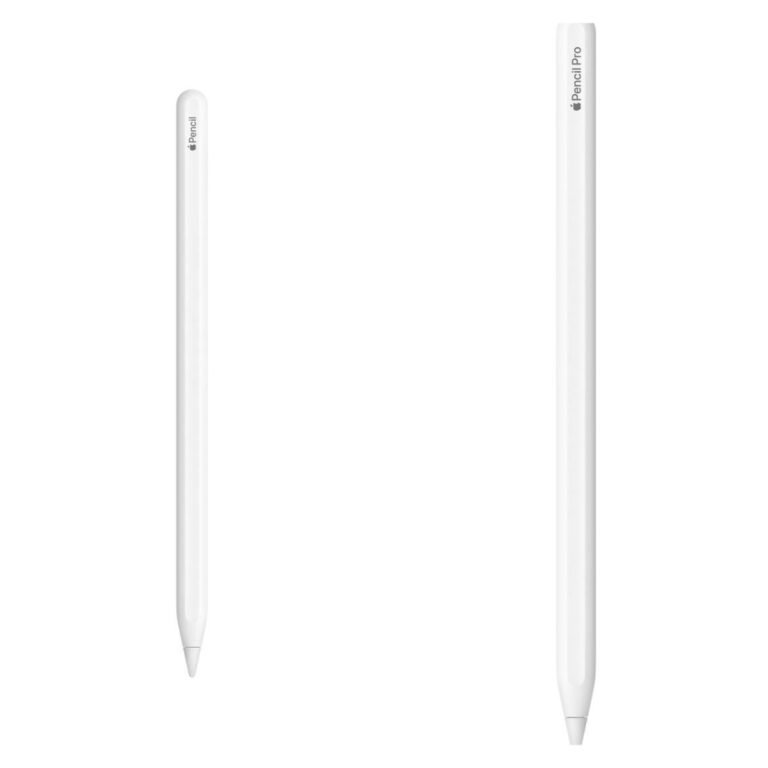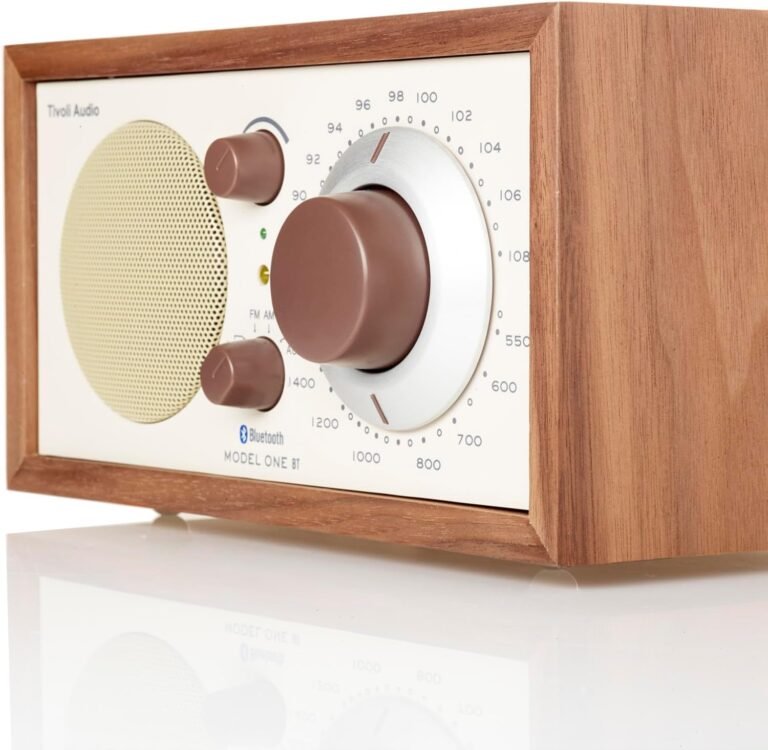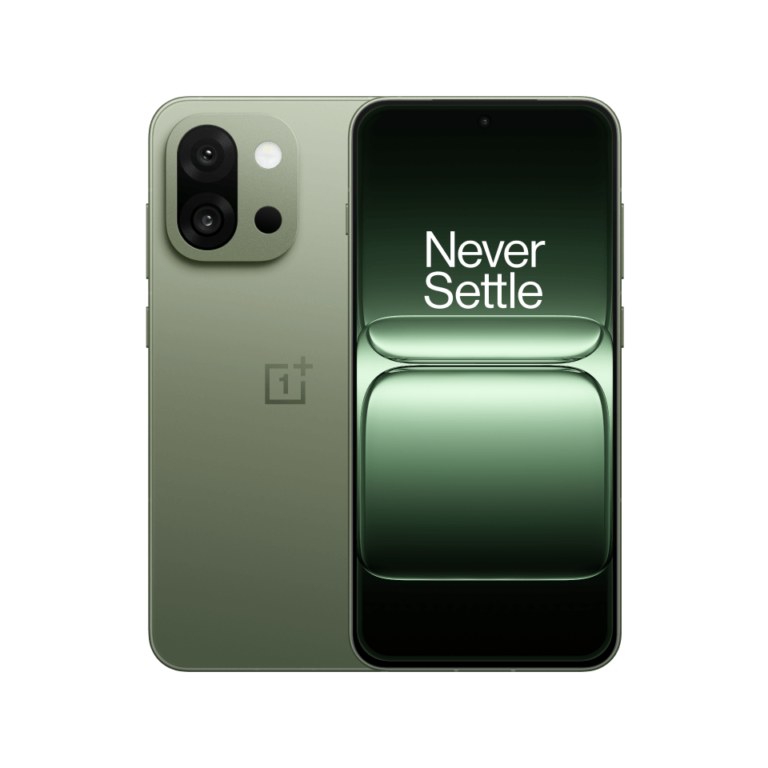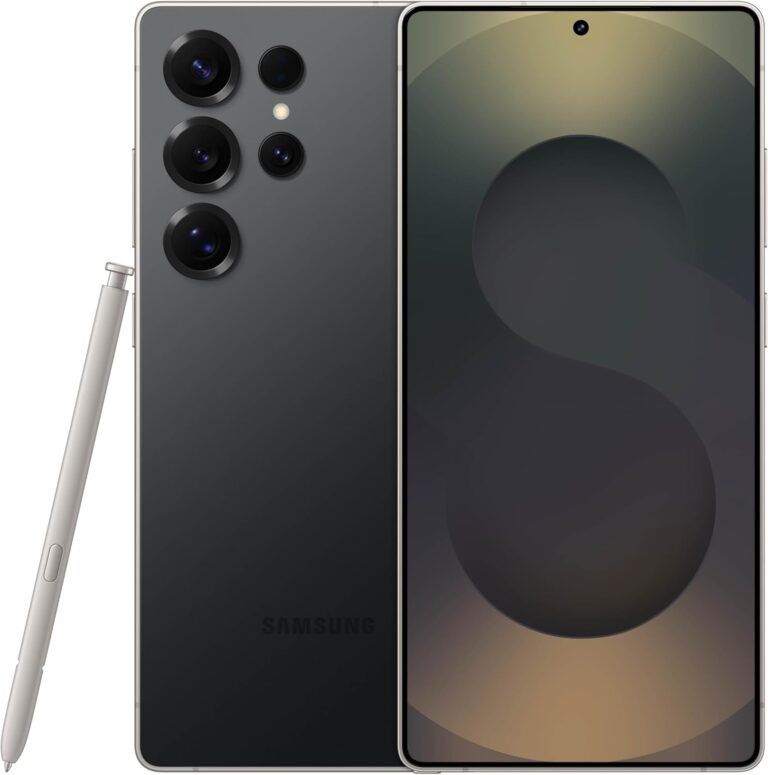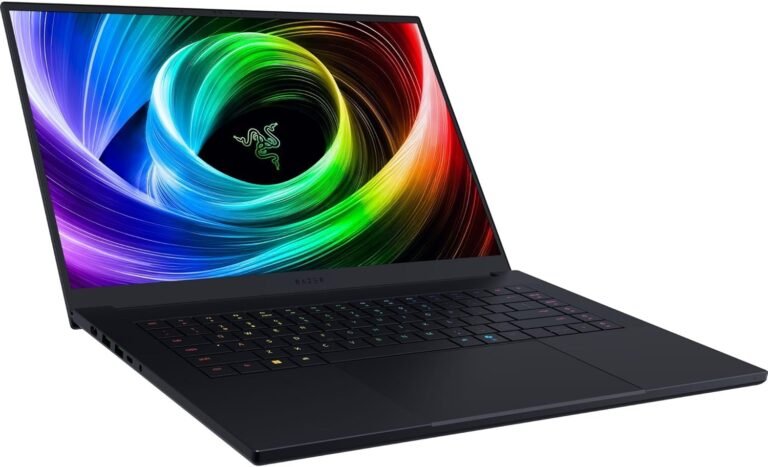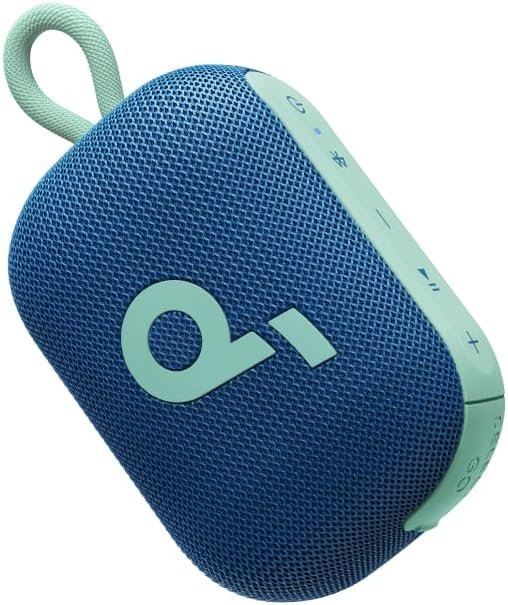This iPhone 16e In-Depth Review and Specs is designed to be the definitive guide to Apple’s significant 2025 smartphone offering, a device that seeks to redefine the “value” proposition within the company’s storied lineup. Officially hitting shelves around February 2025 with a starting price of $599 for the 128GB configuration, the iPhone 16e represents a strategic evolution from the iPhone SE lineage. It’s Apple’s bold attempt to provide a gateway to its latest A18 Bionic chip, sophisticated Apple Intelligence features, and a substantially upgraded camera system, all while maintaining a price point considerably below its flagship Pro counterparts. However, this pursuit of a new equilibrium between premium features and affordability inevitably involves a nuanced tapestry of advancements and carefully calculated omissions. This ultimate review will leave no stone unturned, meticulously dissecting every facet of the iPhone 16e—from its foundational silicon to the subtleties of its user interface, its position in the competitive landscape, and the critical compromises that potential buyers must weigh.
1. The Evolution of Apple’s “Value” iPhone: A Strategic Pivot
To fully appreciate the iPhone 16e’s place in the market, a brief journey through Apple’s history with “value-oriented” iPhones is essential. The iPhone SE line, first introduced in 2016, was born from a desire to offer the core iPhone experience, powered by a contemporary chip, within a familiar, often smaller, and more budget-friendly form factor.
- The Original SE (2016): This model combined the compact and beloved iPhone 5S design with the then-current A9 chip (from the iPhone 6S), appealing to users who preferred smaller screens and a lower price. It was a cult classic.
- iPhone SE (2nd generation, 2020): After a hiatus, Apple revived the SE, this time using the iPhone 8’s body but equipping it with the powerful A13 Bionic chip (from the iPhone 11 series). At $399, it was a performance powerhouse for its price.
- iPhone SE (3rd generation, 2022): Continuing the formula, this iteration kept the iPhone 8 design but upgraded to the A15 Bionic chip (from the iPhone 13 series) and added 5G connectivity, starting at $429. While powerful, its aging design and small display were becoming more apparent drawbacks.
The iPhone 16e, while inheriting the spirit of offering Apple’s latest chip at a lower price, represents a significant strategic pivot. The $599 starting price moves it distinctly out of the sub-$500 category that the SE traditionally dominated. This price increase reflects several factors: the adoption of a more modern (iPhone 14-style) chassis, a larger OLED display, an upgraded camera system, and the inclusion of features like the Action button and USB-C. The “e” might now signify “essential” or “enhanced” rather than purely “economy,” positioning it as a more feature-rich, albeit more expensive, entry into the modern iPhone experience, effectively replacing older numbered iPhones at the lower end of Apple’s new device portfolio. This new strategy has been met with both understanding of its improved baseline features and criticism regarding its departure from true budget-friendliness.
2. Unboxing and Initial Impressions: The 2025 Apple Standard
While specific unboxing experiences can vary slightly by region, the iPhone 16e adheres to Apple’s recent packaging philosophy. Expect a slim, environmentally conscious box containing:
- The iPhone 16e itself.
- A USB-C to USB-C charging cable (consistent with Apple’s transition to USB-C).
- Basic documentation, including regulatory information and the iconic Apple stickers.
Conspicuously absent, as has been the standard for several years, are a power adapter and wired EarPods. Apple justifies this as an environmental measure to reduce e-waste and shrink packaging, encouraging users to utilize existing chargers or purchase new ones separately—a factor to consider in the overall cost.
Upon first handling the iPhone 16e, its lineage from the iPhone 14 is immediately apparent. The aluminum frame feels sturdy and premium, and the glass back, while potentially a fingerprint magnet depending on the finish of the Black or White color options, contributes to a solid in-hand feel. At approximately 167 grams and 7.8mm thick, it strikes a balance between a substantial feel and manageable ergonomics for a 6.1-inch device. The flat sides offer a secure grip, though some users might find them slightly less comfortable during extended use compared to more rounded designs.
The initial boot-up sequence ushers you into iOS 18.x, Apple’s latest mobile operating system. The setup process is typically slick and guided, allowing for easy transfer of data from an older iPhone or Android device. Early interactions with the interface will feel familiar to existing iPhone users and relatively intuitive for newcomers, though the visual experience of the 60Hz display (more on that later) might be the first point of note for those accustomed to higher refresh rates.
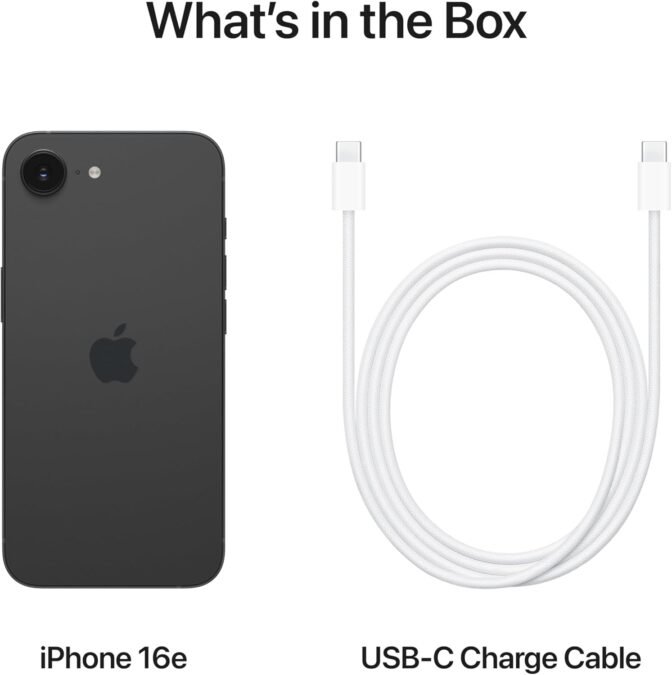
3. Design and Build Quality: A Microscopic Look
The iPhone 16e’s design, while not groundbreaking, is a carefully considered amalgamation of proven Apple aesthetics and functional upgrades.
- Materials and Craftsmanship: The chassis is constructed from aerospace-grade aluminum, likely a standard 6000 or 7000 series, offering a good blend of strength and lightness. The matte finish on the aluminum sides helps with grip and resists minor scuffs. The back panel is glass, enabling wireless charging. While Apple doesn’t specify the exact type of glass for the rear on this model (unlike the “toughened” descriptions for Pro models), it’s designed for durability. The front is protected by Ceramic Shield, a material Apple co-developed with Corning, known for its significantly improved shatter resistance compared to conventional smartphone glass. The precise machining of the speaker grilles, USB-C port, and the tactile feedback of the volume rockers, side button, and the new Action button all speak to Apple’s typical attention to manufacturing detail.
- Dimensions and Ergonomics: Measuring 146.7 x 71.5 x 7.8 mm, the iPhone 16e is virtually identical in size to the iPhone 14. This makes it a comfortable device for many, offering a good screen-to-body ratio without feeling overly cumbersome. Its 167-gram weight is well-distributed, preventing it from feeling top-heavy. Compared to the much smaller iPhone SE (3rd gen), it’s a considerable step up in physical size, which may be a pro for media consumption but a con for those who cherished the SE’s pocketability.
- Aesthetics and Color Options: The choice of only Black and White colorways is a notable constraint. While these are classic, popular options that offer a “super clean” and minimalist look, they lack the expressive vibrancy found in other iPhone lines (like the standard iPhone 16 or past SE models, which sometimes featured Product(RED) or other brighter hues). This limited palette has been criticized for making the device feel somewhat utilitarian or “boring,” forcing users to rely on cases for personalization.
- Durability Features: The IP68 rating under IEC standard 60529 signifies that the iPhone 16e can withstand submersion in water up to 6 meters for as long as 30 minutes, offering robust protection against accidental spills, rain, and even brief dunks. This, combined with the Ceramic Shield front, makes it a relatively durable phone for everyday mishaps, though no phone is entirely shatterproof or waterproof in all conditions.
- The Notch vs. Dynamic Island: A key design differentiator from Apple’s more premium offerings is the retention of the display notch, which houses the TrueDepth camera system for Face ID. While functional, the notch feels somewhat dated in 2025, especially when the standard iPhone 16 models (and all Pro models for some time) feature the more interactive and aesthetically modern Dynamic Island. This is a clear cost-saving measure and a way to visually segment the 16e.
- Action Button Implementation: Borrowed from the Pro lines, the Action button replaces the traditional mute/ring switch. Users can customize it to perform various functions: toggle Silent Mode, activate a Focus mode, launch the Camera (with options for specific modes), turn on the Flashlight, start a Voice Memo, open Magnifier, run a Shortcut, or trigger an Accessibility feature. While versatile, its utility will depend on individual user habits and how readily they integrate it into their workflow.
- USB-C Port: The transition to USB-C is a significant step towards universal connectivity. On the iPhone 16e, this port supports charging and data transfer. However, like other non-Pro iPhones, it is expected to support USB 2.0 speeds (up to 480 Mbps), not the faster USB 3 speeds found on Pro models, which can be a drawback for users frequently transferring large files via cable.
4. Display Deep Dive: Beyond the 60Hz Compromise
The display is arguably one of the most critical components of any smartphone, and the iPhone 16e features a panel with both commendable strengths and a widely discussed weakness.
- Panel Technology and Quality: The 6.1-inch Super Retina XDR OLED display is a substantial upgrade over the LCDs in older SE models. OLED technology provides per-pixel illumination, resulting in true blacks, infinite contrast ratios, and vibrant colors. With a resolution of 2532 x 1170 pixels, it packs approximately 460 pixels per inch (ppi), ensuring excellent sharpness for text, images, and videos. Fine details are rendered crisply, and the overall viewing experience is immersive.
- Brightness and Color Accuracy: The display supports a typical maximum brightness of 800 nits, which is generally sufficient for comfortable indoor and outdoor viewing. For HDR content (supporting HDR10, Dolby Vision, and HLG), it can reach a peak brightness of 1200 nits, allowing for a more dynamic and impactful viewing experience with compatible movies and shows. It covers the P3 wide color gamut, ensuring rich and accurate color reproduction, making it suitable for viewing and even light editing of photos and videos. Apple’s True Tone technology is also present, automatically adjusting the display’s white balance based on ambient lighting conditions to provide a more natural, paper-like viewing experience.
- The 60Hz Refresh Rate Controversy: This is the iPhone 16e display’s most significant compromise and a focal point for criticism. While the display itself is high quality in terms of color and resolution, its 60Hz refresh rate means the screen updates 60 times per second. In contrast, many competing Android phones in the $599 price range, and even some cheaper ones, offer 90Hz or 120Hz displays. Apple’s own ProMotion technology (120Hz adaptive refresh rate) has been on Pro iPhones for years and is now on standard iPhone 16 models. A 60Hz refresh rate can result in noticeably less smooth animations, scrolling, and gaming experiences compared to higher refresh rates. For users coming from a phone with a 90Hz or 120Hz screen, the difference can be jarring. Apple’s reasons for this are likely multifaceted: cost reduction, battery power conservation, and clear product differentiation from its more expensive models. While iOS is highly optimized and feels relatively fluid even at 60Hz, this particular specification makes the iPhone 16e feel less premium than its price might otherwise suggest.
- Other Display Aspects: The display features Haptic Touch for quick actions and contextual menus via a long press. Viewing angles are excellent, typical of high-quality OLED panels, with minimal color shift off-axis. An oleophobic coating helps resist fingerprints and smudges, though regular cleaning will still be necessary.
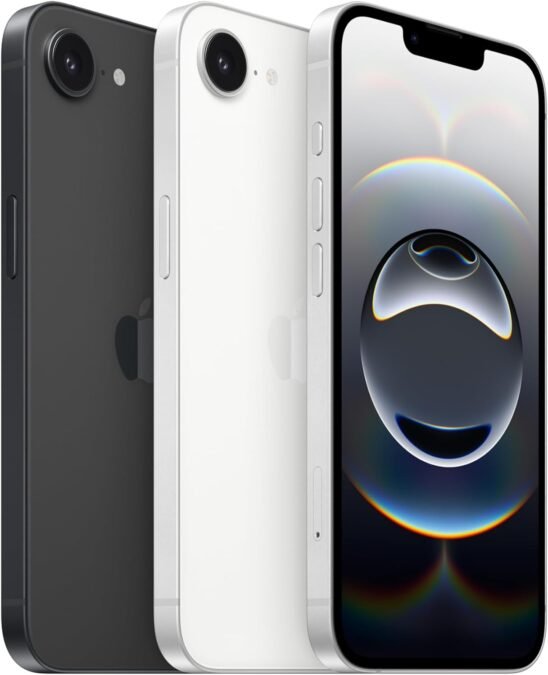
5. Performance: The A18 Chip, Apple Intelligence, and Real-World Usage
At the heart of the iPhone 16e lies Apple’s A18 Bionic chip, a powerhouse piece of silicon built on an advanced 3nm process, promising significant performance and efficiency gains.
- A18 Chip Architecture:
- CPU: The A18 features a new 6-core CPU, comprising 2 high-performance cores for demanding tasks and 4 high-efficiency cores for background processes and maintaining battery life. This configuration allows for a balanced approach, delivering power when needed and conserving energy during lighter use.
- GPU: Sources indicate the iPhone 16e’s A18 chip variant utilizes a 4-core Apple-designed GPU. This contrasts with the likelihood of a 5-core GPU in the A18 chips destined for the standard iPhone 16 or Pro models, suggesting a degree of chip binning. This means while still very capable, its peak graphical performance might be slightly lower than its more expensive siblings.
- Neural Engine: A new 16-core Neural Engine is a cornerstone of the A18, reportedly capable of nearly 35 trillion operations per second. This specialized hardware is crucial for accelerating machine learning tasks, powering features like advanced image processing, voice recognition, and, most notably, Apple Intelligence.
- RAM and Storage: The iPhone 16e is equipped with 8GB of RAM, a healthy amount that facilitates smooth multitasking and allows more apps to stay active in the background without needing to reload. Storage options are 128GB, 256GB, and 512GB, utilizing fast NVMe flash storage for quick app loading and file access. The choice of storage tier will depend on individual needs, with 128GB being adequate for moderate users, while heavy media consumers or app users might opt for 256GB or more.
- Apple Intelligence on the 16e: Thanks to the A18 chip, the iPhone 16e fully supports Apple Intelligence, the company’s suite of on-device and server-powered AI features integrated into iOS 18. This includes enhanced Siri capabilities with more natural language understanding and contextual awareness, system-wide Writing Tools (rewrite, proofread, summarize), Image Playground for generative image creation, Genmoji, and more intelligent organization within apps like Mail and Photos. The on-device processing for many of these features, powered by the Neural Engine, prioritizes user privacy.
- Everyday Performance: In day-to-day use, the iPhone 16e is expected to feel exceptionally responsive. Apps launch quickly, web Browse is fluid (though the 60Hz screen tempers the perception of ultimate smoothness in scrolling), and navigating iOS 18 is a lag-free experience. The combination of the A18 chip and 8GB of RAM ensures that the device can handle virtually any common smartphone task with ease.
- Gaming Performance: The A18’s GPU, even with 4 cores, should provide a very good gaming experience for most titles available on the App Store. Demanding games will generally run well, with consistent frame rates. However, for the most graphically intensive titles, the 60Hz display will be the limiting factor in terms of perceived smoothness, as the screen cannot display more than 60 frames per second, regardless of how many frames the GPU can render. Thermal management under sustained gaming loads will also be a factor, though Apple generally designs its chips for good sustained performance.
- Benchmark Analysis: While specific benchmark numbers can vary, the A18 chip in the iPhone 16e is expected to outperform previous generation A-series chips significantly and will likely surpass most Android competitors in raw CPU performance for its price class. GPU benchmarks might show a slight gap compared to the A18 variants in Pro models but should still be highly competitive. The real-world translation of these benchmarks is a device that feels consistently fast and capable across a wide range of applications.
6. Camera System In-Depth: The 48MP Era for Apple’s Value iPhone
The iPhone 16e receives a substantial camera upgrade, moving away from the 12MP sensors of previous SE models to a more modern, high-resolution system.
- Rear Main Camera (48MP Wide):
- Sensor and Optics: The primary camera features a 48-megapixel sensor with an ƒ/1.6 aperture and optical image stabilization (OIS). While the exact sensor size isn’t always disclosed by Apple for non-Pro models, a 48MP resolution allows for significant improvements in detail capture and light gathering, especially through pixel binning. By default, it likely outputs 12MP or 24MP images, combining data from multiple pixels to enhance low-light performance and dynamic range. Users may also have the option to capture full 48MP HEIF or ProRAW (though ProRAW might be a Pro-only feature, HEIF Max is likely) images for maximum detail and editing flexibility. The lens system is designed for sharpness, and OIS is crucial for minimizing blur from hand shake, especially in lower light or when recording video. Hybrid Focus Pixels ensure fast and accurate autofocus.
- Image Processing: Apple’s advanced image processing, including the Photonic Engine, Deep Fusion, and Smart HDR 5, plays a vital role. Photonic Engine applies Deep Fusion earlier in the imaging pipeline for uncompressed images, improving color, detail, and dynamic range in mid to low light. Smart HDR 5 intelligently optimizes highlights and shadows for more balanced exposures, especially in challenging, high-contrast scenes.
- Image Quality: Expect vibrant, true-to-life colors, excellent detail in good lighting, and significantly improved low-light performance compared to previous SEs. Dynamic range should be impressive, capturing detail in both bright skies and dark foregrounds.
- 2x Telephoto (via Sensor Crop): A key benefit of the 48MP main sensor is its ability to deliver a high-quality 2x telephoto effect (equivalent to a 52mm focal length) by cropping into the central 12MP portion of the sensor. With an ƒ/1.6 aperture and OIS extended to this mode, it offers optically stabilized, detailed zoomed shots that are superior to standard digital zoom, making it useful for portraits and getting closer to subjects.
- Digital Zoom: Beyond the 2x crop, the iPhone 16e offers digital zoom up to 10x. While usable at lower magnifications, image quality will degrade progressively as you zoom further, as is typical for digital zoom.
- Front TrueDepth Camera (12MP): The 12-megapixel front camera features an ƒ/1.9 aperture and, critically, autofocus with Focus Pixels. Autofocus on the front camera is a significant upgrade, ensuring sharper selfies and better focus during video calls, even if the subject-to-camera distance changes. It benefits from the same computational photography features as the rear camera, including Photonic Engine, Deep Fusion, Smart HDR 5, Portrait Mode with Depth Control, and Night mode, ensuring high-quality selfies across various lighting conditions.
- Video Recording Capabilities: The iPhone 16e offers robust video features, including 4K recording at 24, 25, 30, or 60 fps, and 4K Dolby Vision HDR recording up to 60 fps. Optical image stabilization is active for video on the main lens (and the 2x crop), ensuring smoother footage. Slow-motion video is supported at 1080p up to 240 fps. While it lacks ProRes video for professional workflows or Action Mode for extreme stabilization found on higher-end models, its core video quality is expected to be excellent for its class, with good detail, dynamic range, and color.
- Software Modes and Omissions:
- Portrait Mode: Available on both front and rear cameras, offering adjustable depth of field (bokeh) and various Portrait Lighting effects. Some reports suggested it might be limited to detecting humans automatically for portraits on the 16e, unlike Pro models which might offer more flexibility with pets or objects.
- Night Mode: Automatically activates in low-light conditions to produce brighter, more detailed photos.
- Panorama: Standard for capturing wide scenes.
- Key Omission – Ultrawide Lens: The most significant camera hardware omission is a dedicated ultrawide lens. This limits photographic versatility for capturing expansive landscapes, architectural shots, or creative wide-angle perspectives in tight spaces—a feature common on many competing phones and Apple’s other iPhone models.
- Key Omission – Macro Mode: Without an ultrawide lens that typically doubles for macro, dedicated close-up photography is not a native feature.
The camera app itself will be familiar to iPhone users, known for its intuitive interface and ease of use, while still offering access to deeper controls if needed.
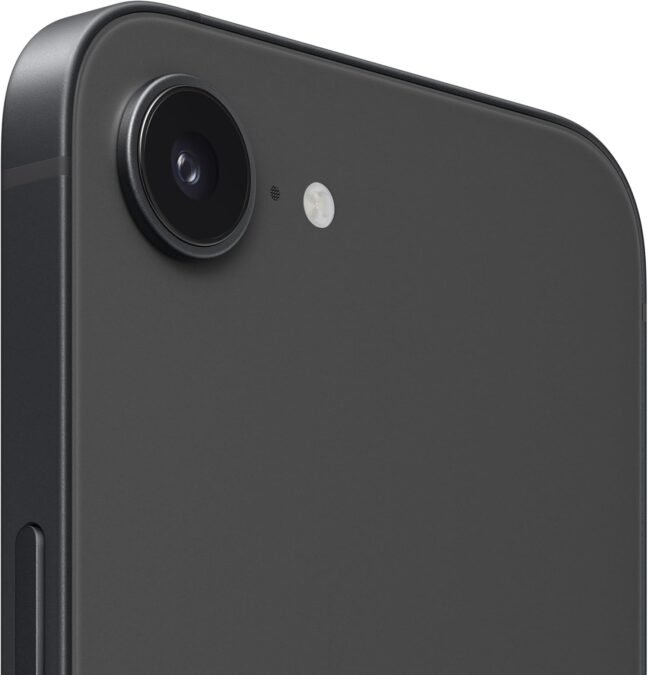
7. Battery Life and Charging Scrutinized: A Marathon Runner
Battery life is shaping up to be one of the iPhone 16e’s standout strengths, addressing a common concern for many smartphone users.
- Battery Capacity and A18 Efficiency: With a battery capacity reported to be around 4005 mAh, combined with the power efficiencies of the 3nm A18 Bionic chip and Apple’s new C1 5G modem, the iPhone 16e is engineered for impressive stamina. Apple’s official figures suggest up to 26 hours of video playback or up to 90 hours of audio playback. Real-world usage from numerous reviewers indicates that the device comfortably lasts a full day of heavy use, often extending well into a second day with more moderate usage patterns. This makes it a reliable companion for users who are frequently away from a charger.
- Wired Charging: The iPhone 16e supports fast wired charging via its USB-C port. It can achieve up to a 50% charge in approximately 30 minutes when using a 20W or higher USB Power Delivery adapter (which, as noted, is sold separately). While not the absolute fastest charging on the market, it’s a respectable speed for quick top-ups. The USB-C port itself is likely limited to USB 2.0 data transfer speeds.
- Wireless Charging – The MagSafe and Qi2 Disappointment: This is a significant area of compromise. The iPhone 16e supports standard Qi wireless charging but only at a maximum of 7.5W. Crucially, it lacks support for Apple’s MagSafe magnetic charging system and the newer Qi2 wireless charging standard (which incorporates MagSafe’s magnetic power profile). This means no convenient magnetic alignment for wireless chargers, slower wireless charging speeds compared to MagSafe’s up to 15W, and incompatibility with the wide ecosystem of MagSafe accessories like wallets, stands, and car mounts without a third-party adapter case. This omission is a major letdown for users invested in or attracted to the MagSafe ecosystem and feels like a step back from the modern iPhone experience.
- Battery Health Management: iOS includes optimized battery charging and other features designed to reduce battery aging and prolong the overall lifespan of the battery, learning from your daily charging routines to delay charging past 80% until shortly before you need it.
8. Connectivity, Software, and Ecosystem: The Apple Advantage
The iPhone 16e is well-equipped with modern connectivity standards and deeply integrated into Apple’s powerful software and hardware ecosystem.
Cellular and Wireless:
iOS 18.x on the iPhone 16e:
The device runs Apple’s latest mobile operating system, iOS 18.x, out of the box. This brings all the new features, security enhancements, privacy protections, and interface refinements of the latest iOS version. Key attractions include the aforementioned Apple Intelligence features, enhanced lock screen customization, improved widgets, and updates to core apps like Messages, Mail, and Maps. A significant advantage of choosing an iPhone is Apple’s industry-leading long-term software support, with the iPhone 16e expected to receive major iOS updates for at least five to seven years, ensuring it remains current and secure for a long time.
Apple Ecosystem Integration:
The iPhone 16e seamlessly integrates into Apple’s renowned ecosystem. Features like Handoff, Universal Clipboard, AirDrop, and Continuity allow for effortless interaction between the iPhone, Mac, iPad, and Apple Watch. iMessage and FaceTime remain compelling communication tools for users within the ecosystem. iCloud provides cloud storage and syncing for photos, files, backups, and more. However, the lack of MagSafe does slightly diminish some physical ecosystem interactions that rely on magnetic attachment.
Sensors and Other Hardware:
Standard sensors include an accelerometer, gyroscope, proximity sensor, ambient light sensor, barometer, and compass. Crucial safety features like Emergency SOS via Satellite (allowing text messages to emergency services in areas without cellular coverage) and Crash Detection (which can automatically alert emergency services if a severe car crash is detected) are also included. Audio is delivered via stereo speakers (using the earpiece and a bottom-firing speaker) for a more immersive sound experience, though it still lacks the 3.5mm headphone jack.
9. Conclusion: A Modernized Entry Point with Notable Caveats
The iPhone 16e is a significant evolution for Apple’s non-Pro iPhone lineup. It successfully modernizes the “entry-level” (though $599 is hardly entry-level in the broader market) iPhone experience by incorporating a powerful A18 Bionic chip with Apple Intelligence, a much-improved 48MP main camera with a clever 2x telephoto function, an excellent OLED display in terms of color and brightness, and truly stellar battery life. The addition of USB-C and the Action button are also welcome contemporary touches.
However, this progress comes with notable compromises that cannot be overlooked, especially at its increased price point. The 60Hz refresh rate display stands out as a significant anachronism in 2025 for a phone in this price tier. The complete omission of MagSafe and Qi2 wireless charging is a major disappointment, hindering convenience and compatibility with Apple’s own accessory ecosystem. The lack of an ultrawide camera lens limits photographic creativity, and the minimal color options feel uninspired.
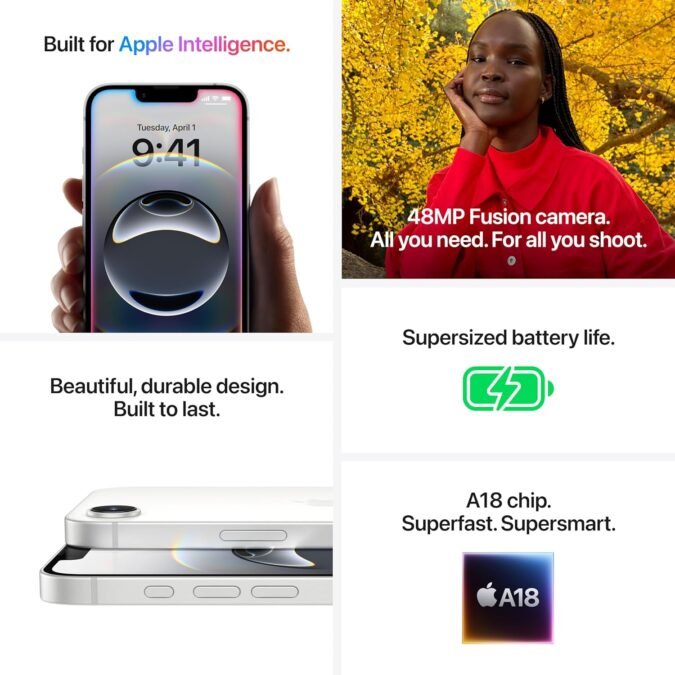
Who is the iPhone 16e for?
- It IS a good choice for: Users deeply embedded in the Apple ecosystem who prioritize long-term software support, class-leading performance for everyday tasks and future AI features, and exceptional battery life, and who are upgrading from an iPhone 12 or older and are not particularly sensitive to display refresh rates or the lack of MagSafe. It’s for someone who wants a “new” iPhone that will last them many years without needing the absolute cutting edge of Pro features.
- It is NOT the best choice for: Users who prioritize display fluidity (a 120Hz screen makes a big difference), the convenience of MagSafe charging and accessories, a versatile camera system with ultrawide capabilities, or the absolute best value in terms of specs-for-price (where Android competitors often shine). Power users or tech enthusiasts might find the compromises too stark.
The iPhone 16e is a capable, powerful, and long-lasting smartphone. It successfully brings some of Apple’s latest innovations to a lower price point than its flagships. Yet, it also feels like a device where Apple has very deliberately drawn lines in the sand to protect its premium Pro models, resulting in a product that, while good, requires buyers to carefully weigh its impressive strengths against its undeniable limitations. It is less of an SE-style “no-brainer” budget champion and more of a calculated, modern entry point into the Apple ecosystem, with all the inherent benefits and specific trade-offs that entail.
This post contains affiliate links. If you click on a link and make a purchase, I may earn a small commission at no extra cost to you. This helps support the blog and allows me to continue providing content. Thank you for your support! Also, prices are accurate as of the time of writing and are subject to change.


